
The Free Press

There is no one writing more lucidly today on the subject of Jews and Jew-hatred than Dara Horn.
I find myself constantly recommending her essays—especially this one, called The Cool Kids—and her recent book, People Love Dead Jews. As I wrote my own book about antisemitism, these two sentences from Dara helped me frame my own thinking: “Since ancient times, in every place they have ever lived, Jews have represented the frightening prospect of freedom. As long as Jews existed in any society, there was evidence that it in fact wasn’t necessary to believe what everyone else believed, that those who disagreed with their neighbors could survive and even flourish against all odds.”
In other words, where liberty thrives, Jews thrive. But where liberty is under siege, Jews will inevitably be, too.
I find myself constantly returning to that theme as I am bombarded by news of historically high antisemitism here in America, and as I read, last week, of the Harvard Crimson’s decision to endorse the boycott movement against Israel. That’s the subject of Dara’s essay today, which we are thrilled to publish. — BW
Twenty-five years later, I still remember the theatrics involved with becoming an editor at the Harvard Crimson, the newspaper produced by Harvard undergraduates every day for the past century and a half. The newspaper’s office had a room upstairs called the Sanctum, so named because only those who had jumped through the paper’s prescribed journalistic hoops were allowed to enter—and then only for Sunday night editorial meetings, at which the coming week’s worth of unsigned editorials were debated and approved under strict secrecy. Newly minted editors were welcomed into the room with the question, “What are your politics?” One’s answer determined the side of the room where one would sit for these debates.
Many participants cared deeply about these discussions—though this being the 1990s, many more didn’t, and attended mainly for the fun of it. My peers were largely the children of baby-boomer parents who had morphed from flag-burning hippies to mall-hopping yuppies; Gen Xers like us took people’s self-important opinions with a very large grain of salt. In the Sanctum, I sat on the left by vague default, but didn’t attach much meaning to it. I was far from alone: A good number of editors didn’t even bother to remain on their side of the Sanctum, instead simply choosing the comfiest chairs.
When I later became one of the editors responsible for drafting each week’s worth of unsigned opinions about subjects like university workers’ strikes, affirmative action, and the Clinton impeachment, I learned that the only real sign of success was to say something interesting enough to generate a dissent. The only way to do that, of course, was to marshal the facts and explain why they mattered. When an editorial prompted other editors to write a dissent objecting to it—about, for instance, a campus visit by China’s then-premier—it was the ultimate compliment. You’d actually had something to say.
I hadn’t thought about any of this for ages. My work as a writer for the past 20 years has been almost entirely solitary; none of my books involved convincing a roomful of people of my point of view. But I was reminded of this ancient student ritual last week when my phone blew up with messages from dozens of irate former Crimson editors, including many actual journalists, a group of alumni going back several decades.
The current Crimson editorial board, in a somewhat modified version of the procedures I remembered, had just published an unsigned editorial fully endorsing the Boycott, Divestment and Sanctions movement against Israel, reversing its position from two years earlier. There was no official editorial dissent. Afterward, copies of this editorial were posted publicly in undergraduate dining halls, just in case anyone missed it.
The BDS movement, as it’s known, is old news on college campuses and elsewhere; it’s been around long enough that it no longer bothers to hide its goal of eliminating the world’s only Jewish state. But I had to hand it to The Crimson for timing, given that the editorial followed several weeks of terror attacks in Israel during which 15 people were stabbed, shot and car-rammed to death while engaging in such provocative behaviors as drinking at a bar or walking down the street. One victim was an Arab Israeli police officer rushing to the crime scene. Even Palestinian Authority president Mahmoud Abbas, not known for his Zionism, condemned these attacks. Two of the attackers were apparently connected with Islamic State, a medieval-cosplay sex-slavery outfit whose genocidal goals are entirely unrelated to Palestinian national aspirations. Why after these events, one might ask, would these Harvard students change their position now?
Well, one might ask that if one knew nothing about how college students think. The editorial made clear that the editors were inspired less by events overseas than by events in front of students’ noses—specifically, a billboard-sized mural created by Harvard’s Palestine Solidarity Committee. Its prominent placement in Harvard Yard meant that its contents were forced onto the eyeballs of every undergraduate on campus for a week, and it was apparently quite inspiring. As my old newspaper put it: “Art is a potent form of resistance, and we are humbled by our peers’ passion and skill.”
When I was in graduate school 15 years ago, such murals typically displayed news stories and grim statistics about the harsh realities of Israel’s military occupation of the West Bank, and back then, Gaza. The information was often presented in a tendentious fashion and frequently featured obvious distortions. (At that time I was teaching Israeli history and literature, so I was aware of many things that most people casually encountering this information would miss.) But—this is the key point—these displays were attempting to persuade people with information. They were making an argument, as Crimson editors once did every week in the Sanctum. Even if the facts were cherry-picked or taken wildly out of context, there was, at a bare minimum, a pretense toward presenting facts.
After reading the Crimson editorial’s rave review of the newest mural, I decided to take a look at the online photos of this art display. I naively expected those old-school panels of facts and figures, interspersed, as per usual, with paintings of doves. But that loserly premise of persuading people with facts turned out to be long gone, along with the doves. Instead, I saw a propaganda mural that would have been at home in any Middle Eastern authoritarian state, where it would have been painted by government lackeys to illustrate classic regime talking points that openly genocidal groups like Hamas, Hezbollah and their state sponsors in Iran have been pushing to local and Western audiences for years.
The opening panel’s “art” consisted entirely of large words, which read—wait for it—“Zionism is Racism Settler Colonialism White Supremacy Apartheid.” (Even the U.N. gave up on “Zionism is Racism,” a moldy Soviet slogan that the USSR spent decades promoting to its client states in the developing world.) Another panel featured a faceless police officer bearing a truncheon over the bodies of dark-skinned people behind bars with bullet wounds on their chests, their blood dripping onto an overturned American flag. This subtle image was nearly identical to memes circulated by Iranian-backed groups online. (If you’re too thick to get it, American police brutality is the Jews’ fault.) Two more panels included anodyne images of doctors and a pill bottle, with vaguely worded references to “health.” Those digging online for what this could possibly have to do with “Zionism” will quickly encounter long-debunked lies about Israel withholding Covid vaccines and harvesting Palestinian organs—part of a centuries-old tradition in both the Christian and Islamic worlds of accusing Jews of spreading disease and killing children. Another panel went all-in on Holocaust imagery, featuring gray-clad prisoners with a Palestinian flag behind Auschwitz-style barbed wire fencing, along with a boxcar train headed for a bricked-up destination marked with an Israeli flag.
Those old information posters full of boring words? Facts are for losers. That the Harvard Crimson’s editors fell for this regime-approved propaganda says something rather damning about the collapse of critical thinking in America.
I am fortunate to know people who are doing the actual, difficult, essential work of creating dialogue and political change among Israelis and Palestinians. Sometimes—often—these people criticize Israel. However, they do not erect massive propaganda billboards labeling the people with whom they are building a future as disease-spreading Nazis. They also don’t throw eggs.
I mention egg-throwing because that’s what happened at Rutgers University, the state school in New Jersey where I live.
Last month on Yom Hashoah, the Jewish community’s Holocaust Remembrance Day, the brothers of the Jewish fraternity AEPi were engaged in their annual tradition of reading the names of Holocaust victims when their reading was interrupted by the thumps of eggs hitting their house. Throwing eggs at the fraternity during this commemoration is also now an annual tradition, since it also happened on Yom Hashoah last year. Credit to the egg-throwers: When it comes to Holocaust Remembrance Day, they never forget.
Spitting at Jews is a newer Rutgers tradition, inaugurated just last week, when people leaving a rally at Rutgers advertised as “Defend Al-Aksa, Defend Palestine” made a detour in their car to stop by AEPi in order to shout and spit at the brothers, calling them “baby killers.” This phrase, also known as the blood libel, is “admittedly controversial,” to borrow the Crimson’s wording about the mural. But what bold idea isn’t?
The time-tested ideas expressed at Harvard and Rutgers, mirrored in similar expressions on campuses around the country, have definitely had an effect. That effect, however, is not on anyone in Israel, because none of this is actually about Israel. It is about the Jewish students down the street.
Here’s one small example I encountered when I spoke two months ago at the University of California at Santa Cruz.
Two weeks before my visit, the school’s student government had voted down a resolution against antisemitism. Once the students had resolved that they were not against antisemitism, they apparently decided that they were in favor of antisemitism. This became clear four days before my visit to campus, when multiple university buildings were vandalized with spray-painted images of swastikas and nooses. I suppose one could call this a kind of art display. Like the one at Harvard, this art display, though somewhat more impromptu, was clearly created by people with, in the Crimson’s words, “passion and skill.” I asked the professor hosting me whether these passionate artists were students, or perhaps people from the town.
“Oh, we definitely think they were students,” my host told me.
What made her think so, I asked?
“Because,” she explained, “we found the empty spray paint cans in the recycling bin.”
What are your politics? Kill the Jews, save the turtles.
At Swarthmore, Haverford and Bryn Mawr Colleges, where I spoke at a joint event a few weeks later, I had the pleasure of viewing videos recorded at a rally earlier that semester, during which dozens of students chanted, “From Swarthmore to Gaza, globalize the Intifada.” I had to explain to my audience, most of whom were infants during the Second Intifada, that the Second Intifada consisted of suicide bombers deliberately murdering and maiming hundreds of Jews in restaurants, nightclubs, supermarkets, buses, hotels, and of course, college campuses in Israel. The Jewish students in my audience, while perhaps unfamiliar with these historic details, had nonetheless received their peers’ message loud and clear. When I asked one of them afterward how many Jewish students were at her school, she made me realize I’d asked a stupid question, one even more pointless than “What are your politics?”
“It’s really not about how many Jewish students are here,” she casually informed me. “It’s about how many Jewish students are out.”
Yes, out. Like being gay, but in 1965.
My straight baby-boomer parents knew it was bad to be gay in 1965. They claim they didn’t know anyone gay when they were in college then. And they’re right; they didn’t. That’s because gay people didn’t want eggs thrown at them.
I read the Crimson’s editorial at a particular milestone in my own life’s journey, while taking my oldest child on her very first college visits as a prospective student. I’d been thinking a lot about what I want for my children’s college educations. My daughter had been thinking about it even more, reading everything she could about various schools and trying to determine, as she put it in her generation’s words, the “vibes.”
Like most American Jews her age, she knows something about vibes, having seen her peers casually avoid advertising their own Jewish identities, staying on the sidelines when they didn’t want to “deal” with whatever absurd thing someone said or posted. At one college my daughter visited, the students at the tiny Hillel proudly told her that they hardly have any antisemitism on their campus, since they hardly have any Jews. My daughter told me this and laughed, knowing better.
Plenty of Jewish students are out at Harvard, and to their credit, many of them have risen to their community’s articulate and thoughtful defense, organizing rallies and writing opinion pieces of their own. But in this sorry episode, Harvard has become the one thing it can’t stand to be: unremarkable. It turns out that nobody’s SAT scores can provide immunity to propaganda.
As my daughter begins to imagine her future, we both know that there is no more Sanctum. But as I read the Crimson editorial on our way to visit colleges, I’ll admit I was relieved that Harvard wasn’t on her list. She’s excited about Brandeis.


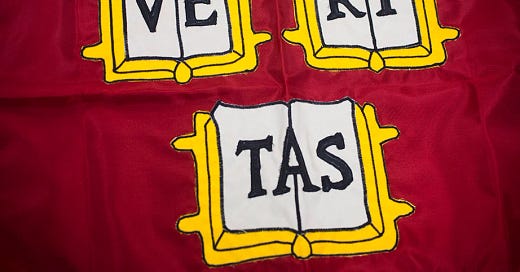

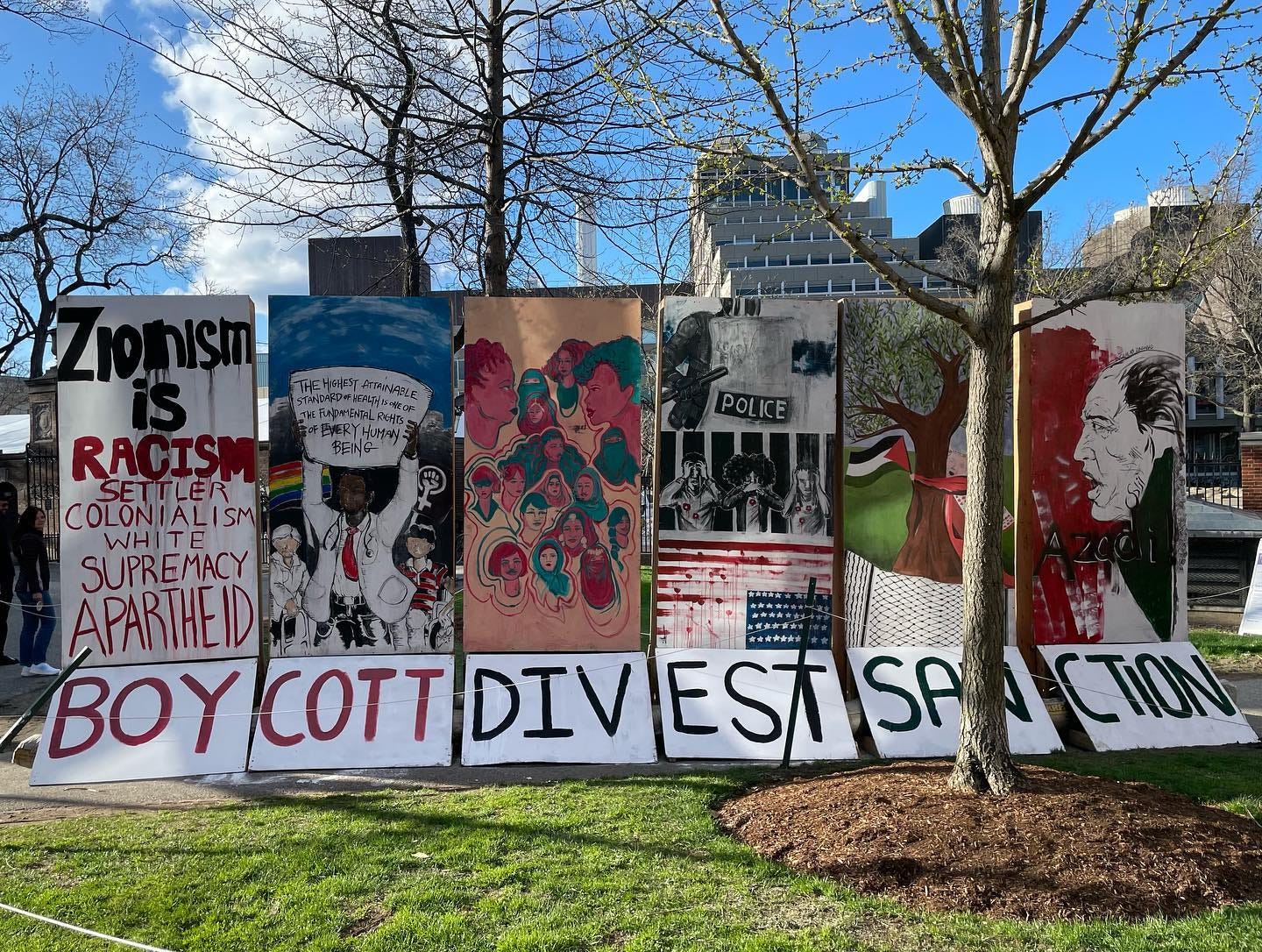
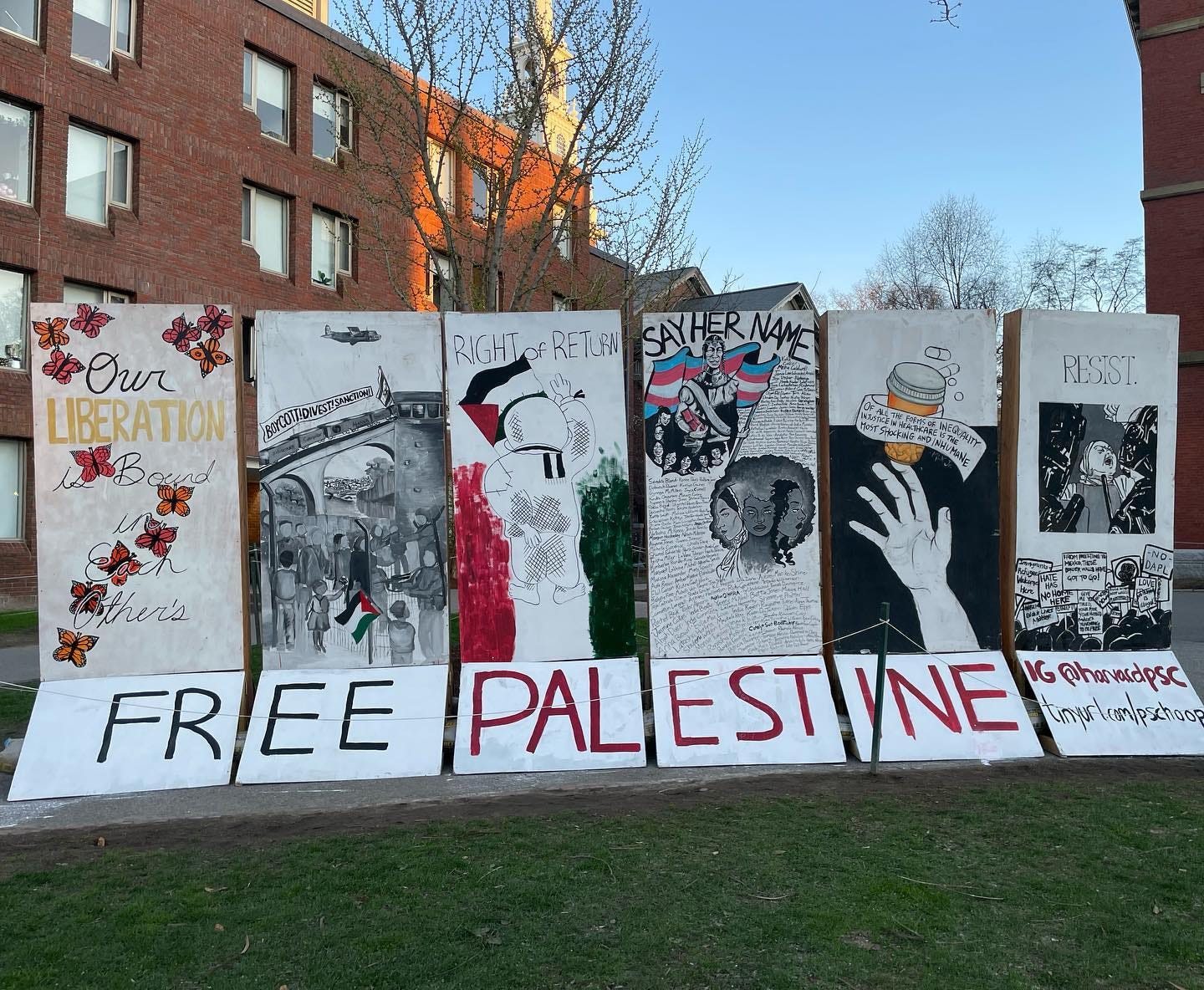
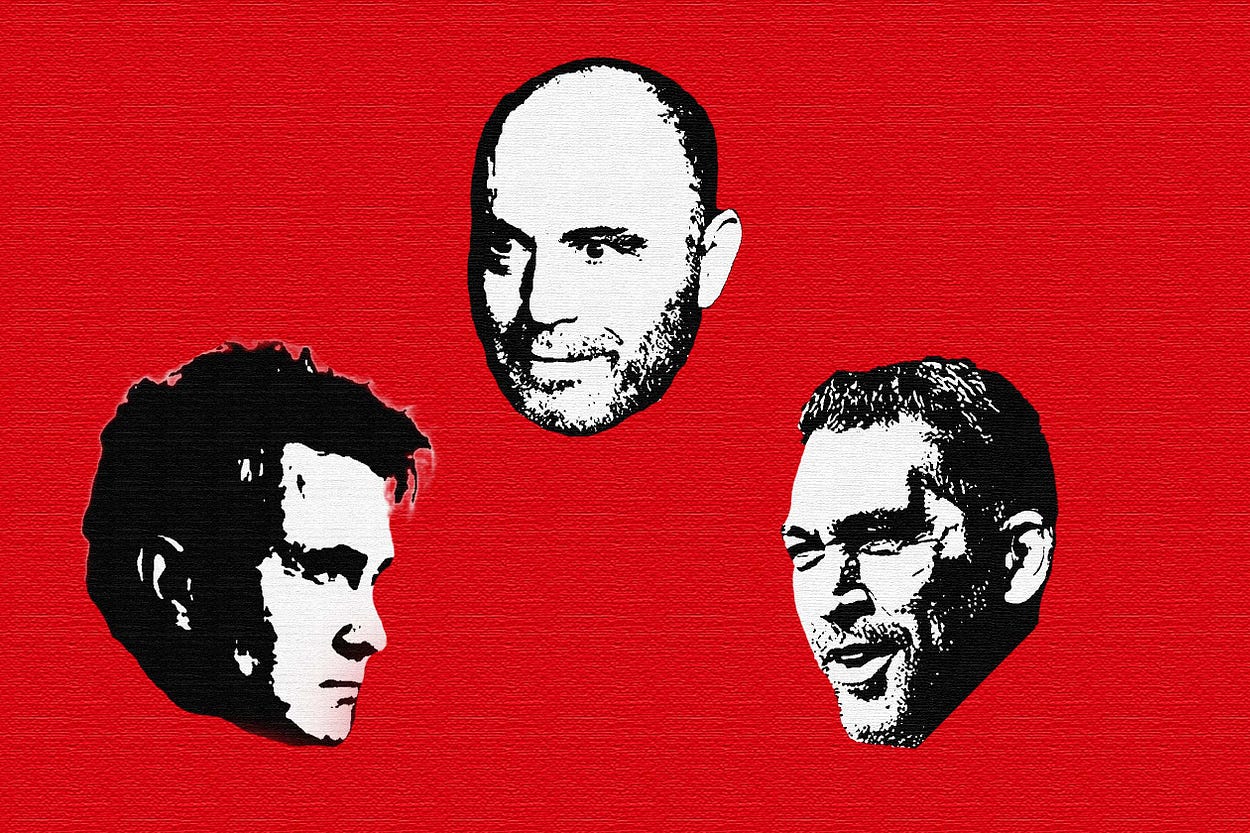

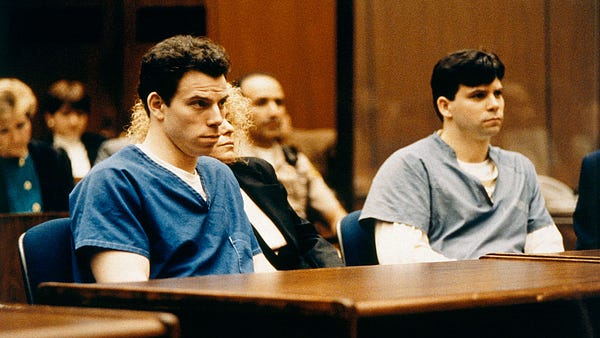

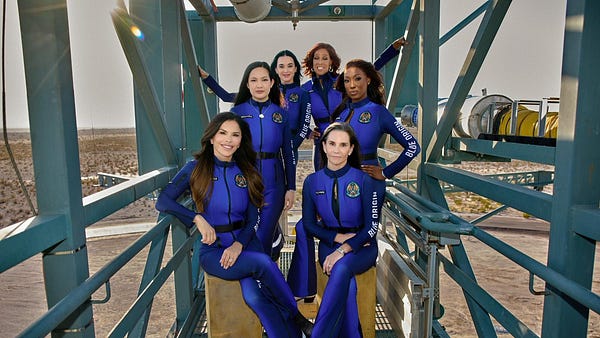

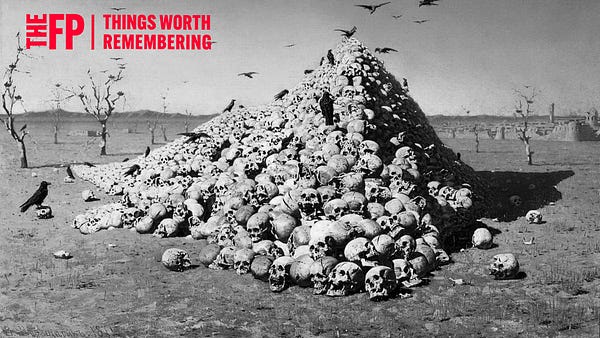



If this behavior is truly protected expression, then Justice Jackson was wrong; the Constitution is a suicide pact.
Harvard was anti-semitic in the past and as it embraces the Far-Left it continues to be anti-semitic